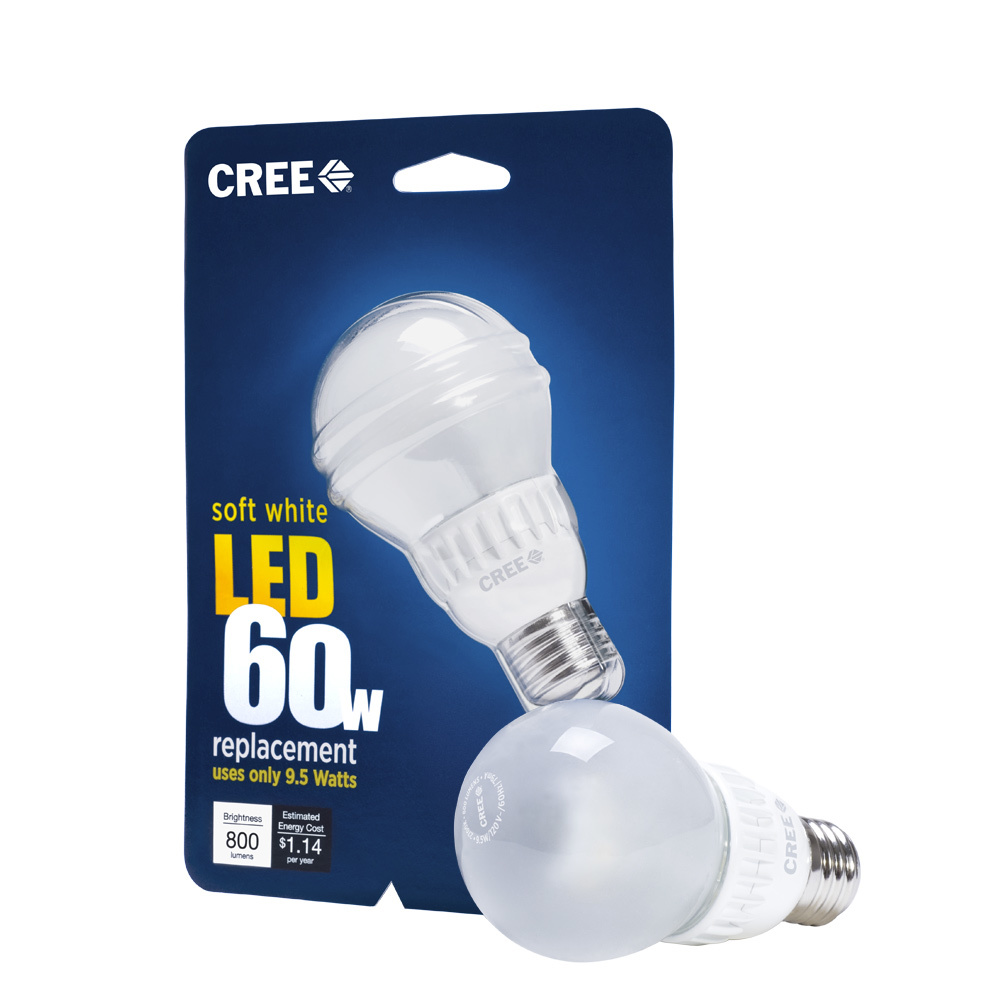Last Update: November 14, 2015

You can own an electric car for free. I’m not talking about a scam, or theft, or abusing the tax credits system, or converting an old junker using spare parts. You can own a modern electric car for effectively zero cost. No catch, no gimmicks, just good old understanding of value.
After a hundred years or so of electric vehicles being an asterisk in automotive history, they’re back on the scene and it looks like they’re here to stay. What’s holding electric car ownership back is several objections, the first of which is that they’re “too expensive”.
It’s true that electric car MSRP’s (manufacturer suggested retail price) are more expensive than for equivalent gasoline powered cars. But, the MSRP doesn’t show the real picture of the real cost. Compare the real ownership cost of gasoline versus electric cars, and you’ll electric is the winner.
Here’s some example MSRP’s from manufacturer websites in January 2015 (with no options selected):
| Model | Electric | Gasoline equivalent |
|---|---|---|
| 2015 Chevy Spark | Spark EV 1LT - $27,645 Fast Charging $750 option Spark EV 2LT - $28,035 | Spark 1LT Manual $14,865 Spark 1LT Auto $15,920 Spark 2LT Manual $16,265 Spark 2LT Auto $17,360 |
| 2015 Chevy Volt | 2015 Volt $35,170 | Cruze ECO Auto $22,195 Cruze 2LT Auto $24,095 |
| 2015 Kia Soul | Soul EV $33,700 Fast Charging included | Soul+ $18,690 |
| 2015 Nissan Leaf | Leaf SV $32,100 Fast Charging $1600 option Leaf SL $35,120 | Versa SV $16,330 Versa SL $17,960 |
It sure looks like electric car owners are fools. We’ve wasted our money on a foolish mission to save the planet, by spending double on a car.
Further, am I nuts? I just claimed it’s possible to own an electric car for free, and just showed the MSRP is double equivalent gasoline powered cars. Surely I’m smoking some pretty strong stuff if I believe it’s possible to own an electric car for free in the face of this evidence.
What’s the catch? How can this be?
Clarifying this paradox means understanding the power of cost savings. Some products save enough money to pay for their price premium or even their purchase price.
The chart above documents the “electric car price premium”, or the extra cost to buy an electric car. The chart assumes the Spark and Spark EV, or the Cruze and Volt, or the Soul and Soul EV, or the Versa and Leaf, are equivalent cars other than the drive train. That’s not necessarily correct, since the included features don’t necessarily match up perfectly. For example, Volt owners deride the idea that the Cruze is equivalent to the Volt, and instead insist that the Volt is such a nice car it should have a Cadillac brand instead of Chevy. Even if the Cruze/Volt or Versa/Leaf aren’t directly comparable, the Spark/Spark EV and Soul/Soul EV are.
The MSRP difference in each pair is about the same, so it’s fair to say that the electric car price premium is close to $15,000.
But, we don’t have to quibble over the question of the exact price premium. The potential for cost savings by owning an electric car is enough to pay for the price premium. In some cases the cost savings can be enough to pay for the entire car. You’ll still pay the purchase price and fuel costs, but over the lifetime car ownership cost has the potential to be negative – you might be able to save enough money that the car pays for itself many times over.
Changing light bulbs costs more while saving money
 To provide an example, let’s consider a completely different type of product – the LED light bulb. These bulbs cost about $10, which is lots more expensive than an incandescent 60 watt light bulb, but they’ll pay for themselves many times over the bulb’s lifetime. The key is the fact that these bulbs produce 800 lumens – the same light output of 60 Watt incandescent bulbs – but consume only 9.5 Watts. In other words, they perform the same function while using about 1/6th the electricity.
To provide an example, let’s consider a completely different type of product – the LED light bulb. These bulbs cost about $10, which is lots more expensive than an incandescent 60 watt light bulb, but they’ll pay for themselves many times over the bulb’s lifetime. The key is the fact that these bulbs produce 800 lumens – the same light output of 60 Watt incandescent bulbs – but consume only 9.5 Watts. In other words, they perform the same function while using about 1/6th the electricity.
On electricity cost alone, one of these bulbs uses about $6 less electricity per year than an incandescent bulb. Specifically, estimated yearly energy cost is $1.14 (at 11 cents per kiloWatt-hour), and the expected lifetime for the bulb is 22.8 years. Incandescent bulbs don’t last anywhere near that long, and use about 6x the electricity, costing about $7.20 per year.
That means this LED bulb saves enough on electricity costs to pay for its entire purchase price in about 1.5 years. Over the 22.8 year lifetime it’ll pay for itself many times over. Cree estimates $139 in electricity cost savings over 22.8 years, from a bulb that costs $10.
Yes, you’ll pay the $10 for the bulb and $1.14 per year to power the bulb. Over 22.8 years that adds up to around $35. Contrast that with the cost of using a 60 Watt incandescent bulb to light your house. Over the 22.8 years you’d consume at least 15 light bulbs, and $7.20 per year for electricity, with a total cost nearly $200. Go to
creebulb.com to learn more about these figures.
If you’re at Home Depot comparing two light bulbs, which do you buy? The cheaper bulb or the one which will save money?
According to the numbers we just discussed, the cheaper bulb will cost you $200 or so over 22+ years, and the LED bulb will cost $35 over the same time period. Which one is more expensive?
I remember in 1990 having that choice, and buying my first compact fluorescent bulbs because I could see that a
- much lower energy cost,
- much longer life-span, means
- CFL bulbs will pay for themselves
LED bulbs, because their energy cost is much less than CFL’s and they last much longer than CFL’s, offering even more savings.
It’s not just light bulbs
There are several new products vying to replace traditional products, where the purchase cost is much higher but you save megabucks because of lower cost of ownership:
- Electric cars – fuel cost is a fraction of gasoline
- Digital cameras – zero cost for film and film processing.
- LED lights – electricity consumption a tiny fraction of incandescent bulbs.
- Smart phones – integrates the function of dozens of gizmos from flashlights to scanners to fax machines to newspapers to televisions and even telephones
Each of these gizmos cost more to buy than the gizmo they’re replacing, but they offer more features, a clean environmental footprint, and save gobs of money.
For example my digital camera has the capacity to shoot nearly 5,000 pictures (thanks to a 128 gigabyte SD card). With old school film cameras that’s nearly 200 rolls of 36 exposure film, which would cost a small fortune to process and get pictures printed. Since it’s digital, the only cost is my time to take the pictures then sort through them with my computer. To boot, digital picture processing tools are a zillion times more capable than what we could do in a film lab, and the process requires zero toxic chemicals. That means anyone can go completely wild taking pictures, have an enjoyable couple days going over and processing thousands of pictures, with almost zero cost or environmental footprint.
Changing cars saves money
This book makes the same argument for electric cars. That, while you’ll spend money to buy the car, and the electricity it runs on, the cost of ownership much lower than for gasoline cars. Enough that it’s possible to save lots of money by driving electric.


